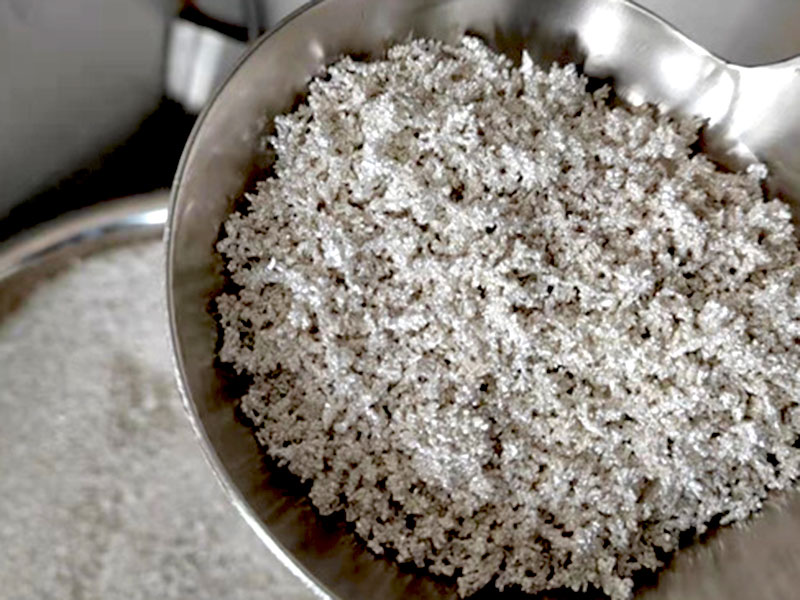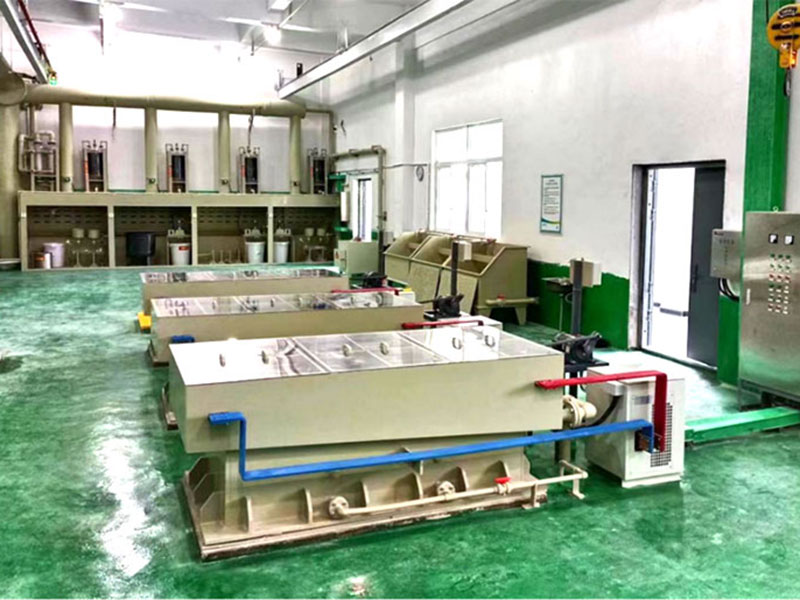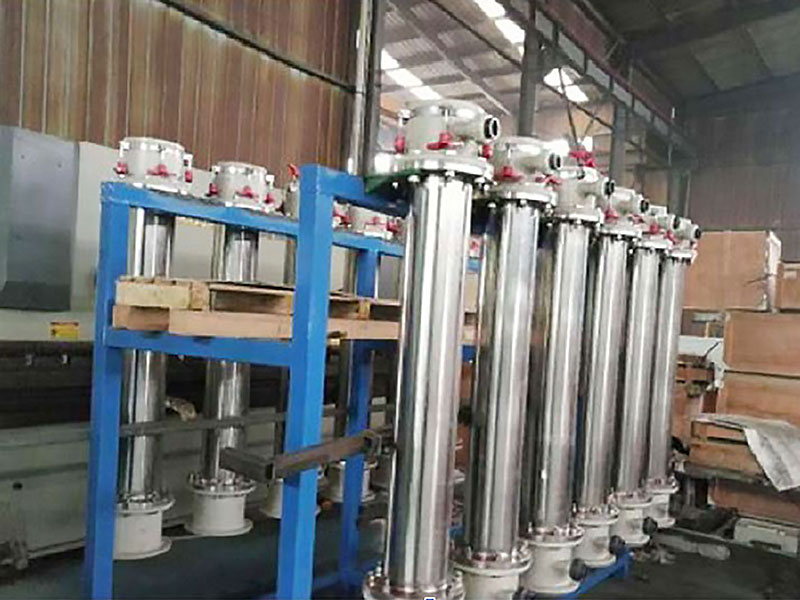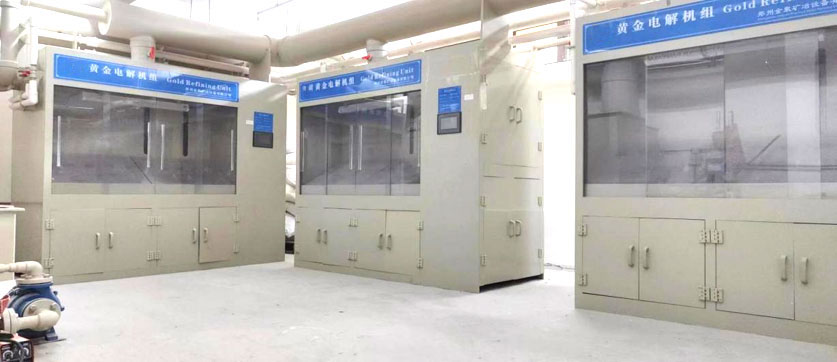High Current Density Copper Electrolyzer
Physical properties of copper: Metallic copper (CU), melting point 1083 degrees Celsius, pure copper is rose or light red, and after the copper oxide film on the surface, the appearance is copper-colored.· Thermal conductivity and electrical conductivity are second only to silver.· Strong chemical stability and corrosion resistance.· Uses of copper.
Industrial electrolytic copper smelting: Copper smelting methods can be divided into two categories: pyrometallurgy and hydrometallurgy. More than 85% of the world’s refined copper production is recovered from copper sulfide concentrate and recycled copper by pyrometallurgy, and only about 15% of refined copper is produced by hydrometallurgy.
Industrial electrolytic copper smelting:
1. Pyrometallurgy: including roasting, smelting, blowing, refining and other processes, with copper sulfide concentrate as the main raw material, and finally smelting out high-purity copper with a content of 99.99%.
2. Wet copper smelting: Wet copper smelting uses sulfuric acid to convert copper in copper ore into soluble copper sulfate, and then puts iron into copper sulfate solution to replace copper. This method is called wet copper smelting. Its principle is to use replacement reaction to produce metal.
Wet copper smelting principle·chemical equation:
CuO+ H2SO4== CuSO4 +H2O double decomposition reaction
CuSO4+Fe == Cu +FeSO4 replacement reaction
Wet copper smelting production process:
1. Copper leaching is to put iron in a solution of gallstones (CuSO4·5H2O) (commonly known as gall water) so that the copper ions in the gallstones are replaced by metals and deposited as elemental copper.
2. Collection, that is, collecting the replaced copper powder, and then smelting and casting.
Cathode current density: 300A/m2




